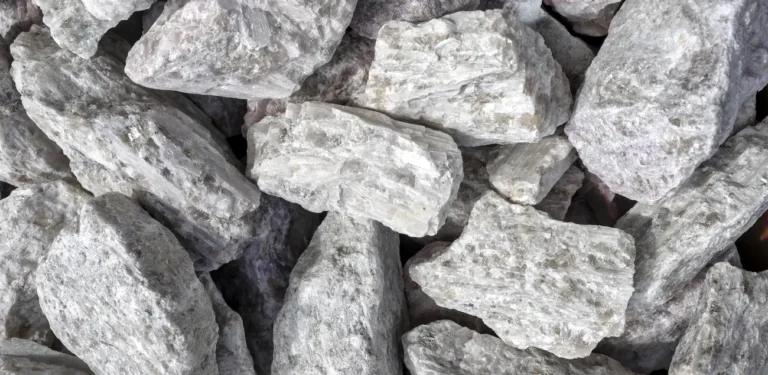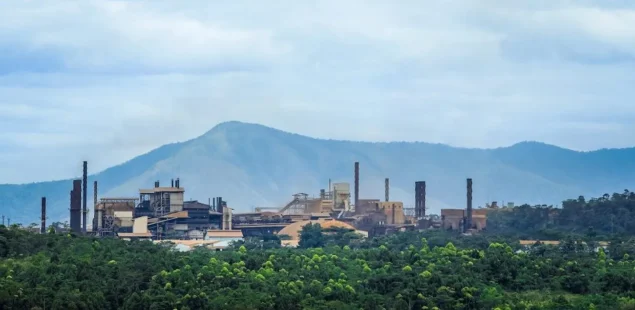
The International Energy Agency (IEA) has warned that global copper demand, driven by the transition to low-carbon energy systems, will outpace supply by as much as 30% by 2035 if new investments and projects do not materialize. The agency’s latest Global Critical Minerals Outlook highlights that copper—a metal essential for electrical grids, renewable energy, and electric vehicles—faces a supply pipeline constrained by declining ore grades, slow project development, and underinvestment.
According to the IEA, global copper demand is expected to rise by about 30% by 2040, with electrification and clean energy technologies as the main drivers. However, the current pipeline of new mining projects is insufficient, pointing to a potential 30% supply deficit by 2035. The agency estimates that $150–180 billion in new investment will be needed to close the gap and support the energy transition. Without action, this shortfall could be even greater in scenarios aiming for net-zero emissions, where the gap could reach 40%.
A major concern is the growing concentration of refining and processing capacity. China is projected to handle nearly half of global copper refining by 2030, raising risks of supply disruptions and price volatility. The IEA notes that the average market share of the top three refining countries for key energy minerals rose from 82% in 2020 to 86% in 2024, with China dominating not only copper but also lithium, cobalt, graphite, and rare earth elements.
IEA executive director Fatih Birol called for urgent action, warning that “diversification is the watchword for energy security, but the critical minerals world has moved in the opposite direction in recent years, particularly in refining and processing.” He urged developed countries to expand domestic refining and form partnerships with resource-rich nations to reduce reliance on a handful of suppliers.
The report also highlights that the average grade of copper mines has dropped by 40% over the last 25 years, making extraction more expensive and less efficient. Meanwhile, investment in new projects and exploration has slowed, with start-up funding for critical minerals showing signs of deceleration.
The IEA warns that any disruption to copper supply—whether from trade restrictions, export controls, or extreme weather—could have far-reaching consequences, including higher prices for consumers and reduced industrial competitiveness. A sustained supply shock could increase costs for clean energy technologies, such as batteries, by as much as 40–50%, potentially slowing the green transition.
To mitigate these risks, the IEA recommends accelerating new mining projects, boosting recycling, and considering substitution with other metals like aluminium. However, it stresses that government intervention and international cooperation are essential, as market forces alone are unlikely to resolve the looming supply gap.



